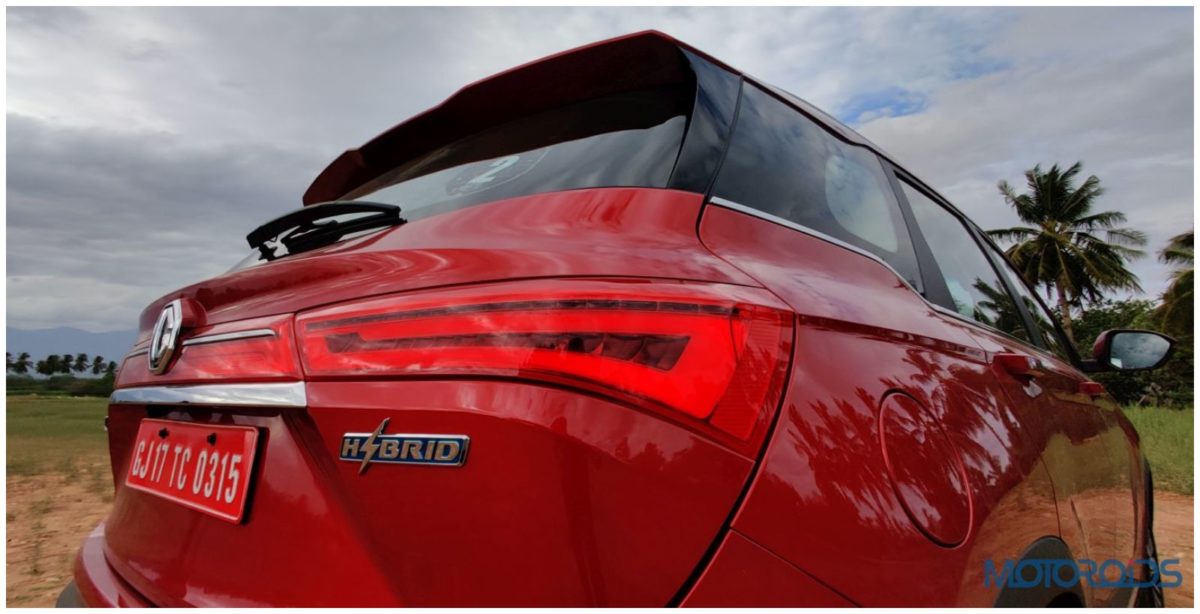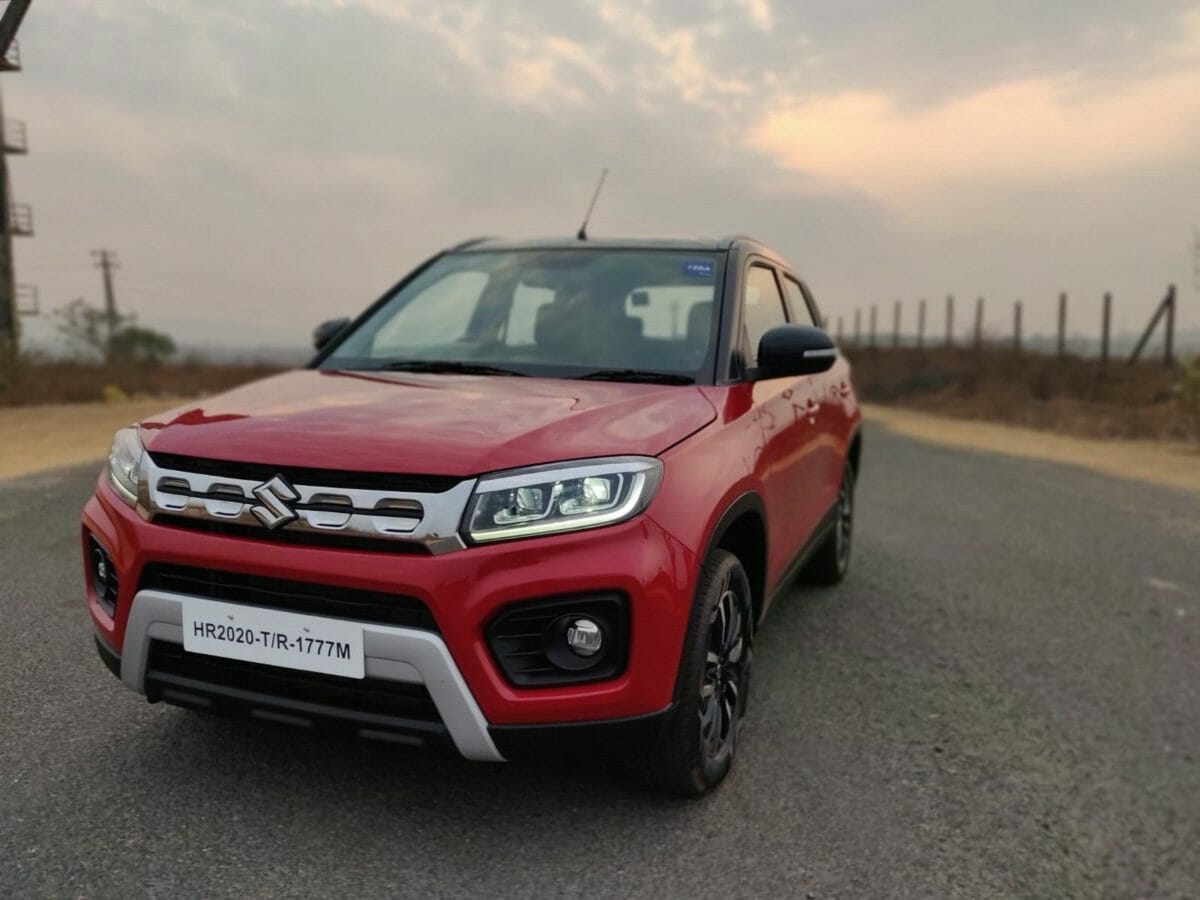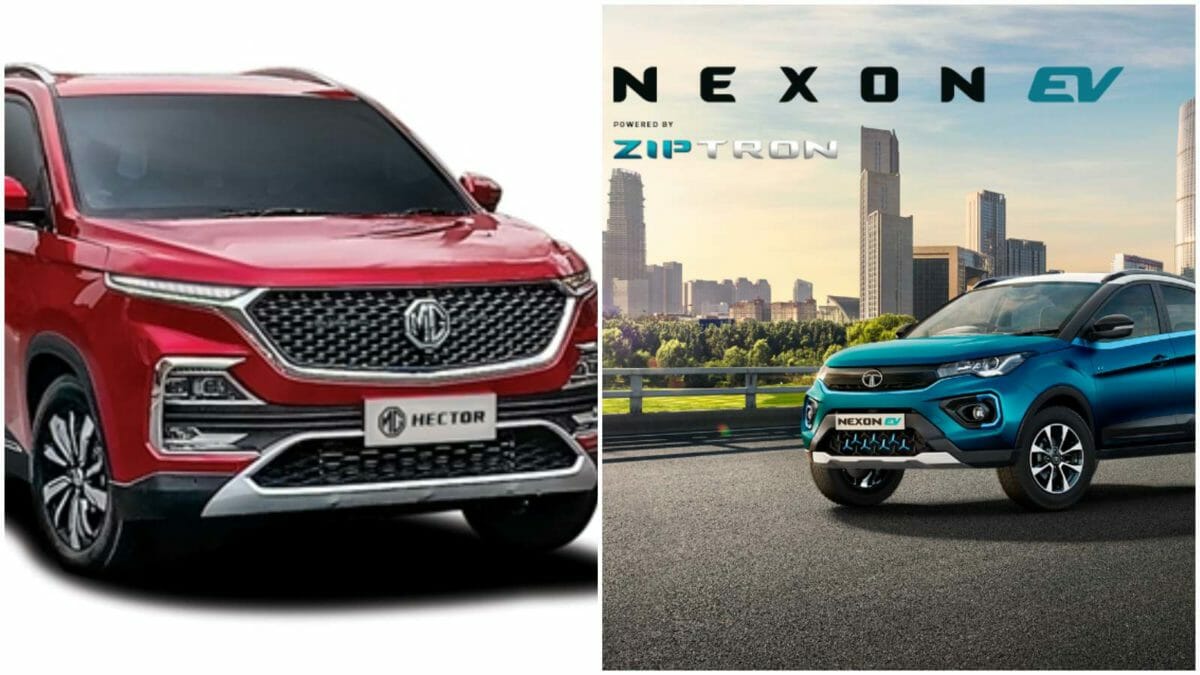Nobody can deny that the future of mobility will be powered by electricity. Many countries have raced forward in that direction with many breakthroughs in the field of EV technology in the recent past. Governments have openly supported the production of EVs on a large scale and as the general public has become aware and feels more responsible, we can see so many pure EVs being launched on a regular basis, especially in developed countries.
Challenges Faced By The EV Segment
However, the same cannot be said about India. Though the present government has encouraged the manufacturing of EVs on a large scale, the EV segment is still at a very nascent stage in the country. This is mainly because of the lack of charging infrastructure and vital components which are expensive and need to be sourced from elsewhere (Read China). At the moment, there are only a limited number of charging stations in a limited number of places. These places are mainly the more prominent commercial hubs in the country.

Although many private and public sector firms have ventured into building charging stations across the country, we still have a long way to go. The most prominent of these is the joint venture between MG Motor India and Tata Motors which will build charging hubs at various places across the country. Also, due to the lack of charging infrastructure, long-distance commutes on EVs are still not feasible. So one who frequently visits other places for work purposes by road or someone who occasionally plans a road trip with his family would not want to invest in an EV at the moment because the real-life range of a battery is quite different from the one which is claimed by the manufacturer and there aren’t many charging stations in-between places to support long commutes
Battery Disposal
Another important factor that makes EVs unsuitable at the moment is the disposal of the used batteries. Currently, there is no infrastructure or technology in the country which supports sustainable and safe disposal of batteries. The prime motive of electric mobility is the reduction of pollution and harvesting nature. If we fail to dispose of the batteries in a safe manner, we might be back to square one because a used battery has a lot of harmful chemicals that might affect our environment adversely.

Benefits of Mild-Hybrids
Therefore, at the moment, in our country, hybrid and mild-hybrid models make more sense, since we cannot depend on electric energy to be the sole source of power running the motor. The combination of fuel and electric energy reduces the consumption of fuel, enhances performance, and reduces emission levels considerably. Thus serving the dual purposes of restoring nature as well as enjoying a pleasant drive.
Also READ: Why Serious Off-Roading Should Be Left To A Specialist Motorcycle [Video]
However, we do believe that we must strive for better and more efficient EV technology in the future so that when the time comes to shift to fully electric vehicles we shall have the infrastructure to support it. Currently, there are a few mild-hybrid offerings in the country such as MG Hector, Hector Plus, Maruti Suzuki Vitara Brezza and the upcoming S-Cross petrol among others. The fully electric vehicles in India are Hyundai Kona EV, MG ZS EV and Tata Nexon EV with more offerings coming our way in the coming months.

